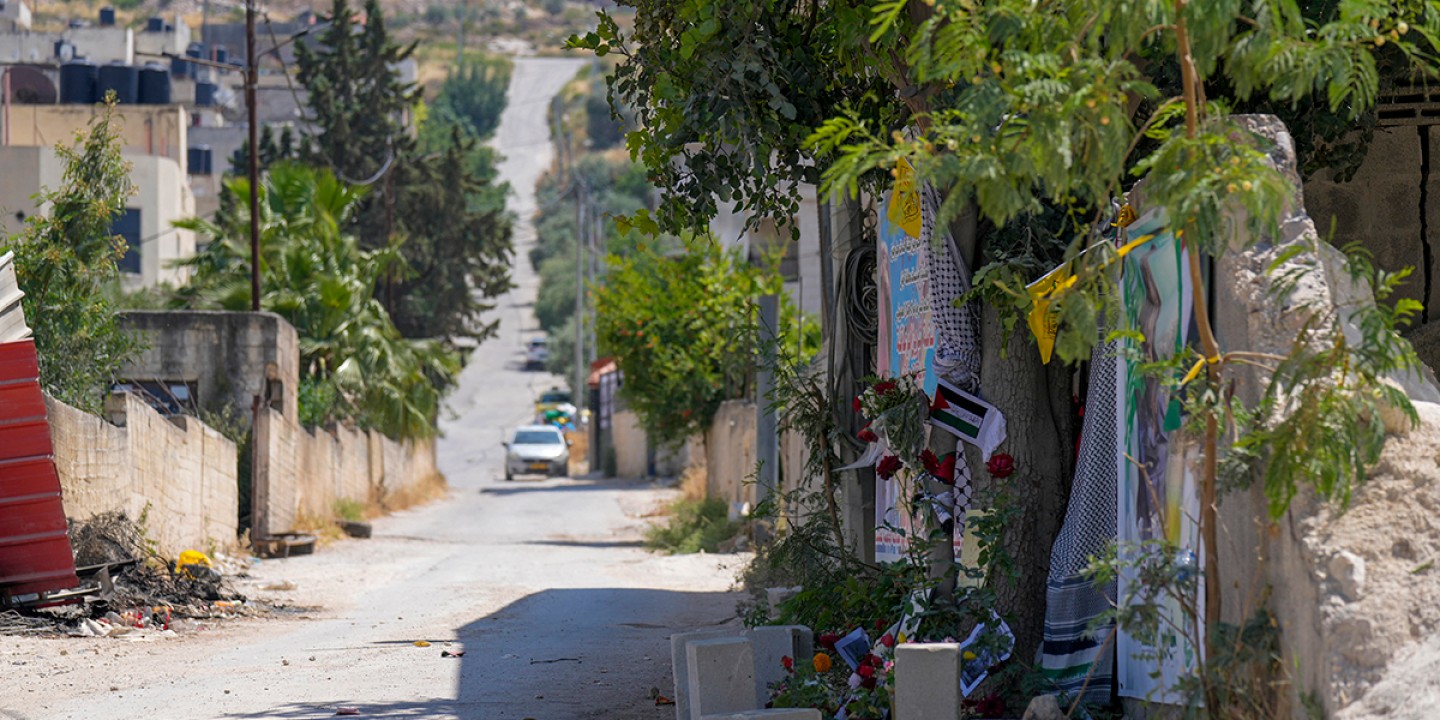The Palestinian refugee camp where journalist Shireen Abu Akleh was murdered
Why do these camps still exist? Who is responsible for keeping them safe?

Last month’s killing of Palestinian American journalist Shireen Abu Akleh in the Jenin refugee camp in the West Bank raises many questions. Was she deliberately shot by an Israeli soldier, as the BBC and CNN have reported? Was she targeted as a journalist? Would we know about her death were she not an American citizen? How does her Christian faith shape her legacy in the region where she died?
Beneath these questions loom broader ones. Why do Palestinian refugee camps still exist? Who is responsible for keeping them safe?
Jenin is one of 58 official Palestinian refugee camps in Jordan, Lebanon, Syria, the West Bank, and Gaza. Most began as tent camps for Palestinians fleeing their homeland after the Arab-Israeli War ended in 1948. International aid poured in; schools and clinics opened up; water and electricity were supplied.
Read our latest issue or browse back issues.
Services inside the camps are provided by the United Nations Relief and Works Agency for Palestinians in the Near East, established in 1949 to assist the 750,000 Palestinian refugees. But UNRWA has no mandate to help Palestinians eliminate their refugee status, which is passed down through generations. Today there are more than 7 million Palestinian refugees, 1.5 million of whom live in the camps. UNRWA employs 30,000 people (mostly refugees themselves) in education, health care, and job training. Policing, administration, and infrastructure are supplied by the host countries—although this gets complicated in an occupied territory like the West Bank.
Palestinian refugee camps function like towns, but their living conditions are substandard. This is especially true in the Palestinian territories. In the West Bank, Israel’s settlement policy has separated Palestinian communities from one another and stripped them of their best land. The camps suffer from high unemployment, overcrowding, crumbling infrastructure, rampant poverty, and poor sanitation. Of the 19 West Bank camps, Jenin has one of the highest rates of unemployment and poverty—and one of the highest rates of violence against Israelis. In April, a 28-year-old from the Jenin camp killed three young Israelis in Tel Aviv, which likely contributed to the conflict between Israeli security forces and Palestinians that Abu Akleh was reporting on when she was killed.
Abu Akleh’s death is a tragedy situated within a greater tragedy. A group of refugees from 1948 has expanded tenfold. The camps in which many of them live aren’t helping them thrive and are fertile ground for violent extremism. These camps were once an answer to a problem, but 70 years later they are simply the status quo—and the source of much suffering.
There is no obvious solution. Israel believes that each host country should grant citizenship to the refugees within its borders, but Jordan is the only country to have done so—and Gaza and the West Bank have no citizenship status to grant. Nor is it in the Palestinian Authority’s interest to dissolve the camps, which make a powerful case for the right of return. Meanwhile, millions of Palestinians suffer from statelessness and inhuman living conditions, generation after generation. Abu Akleh died attempting to tell this story.
A version of this article appears in the print edition under the title “Where Abu Akleh was killed.”






